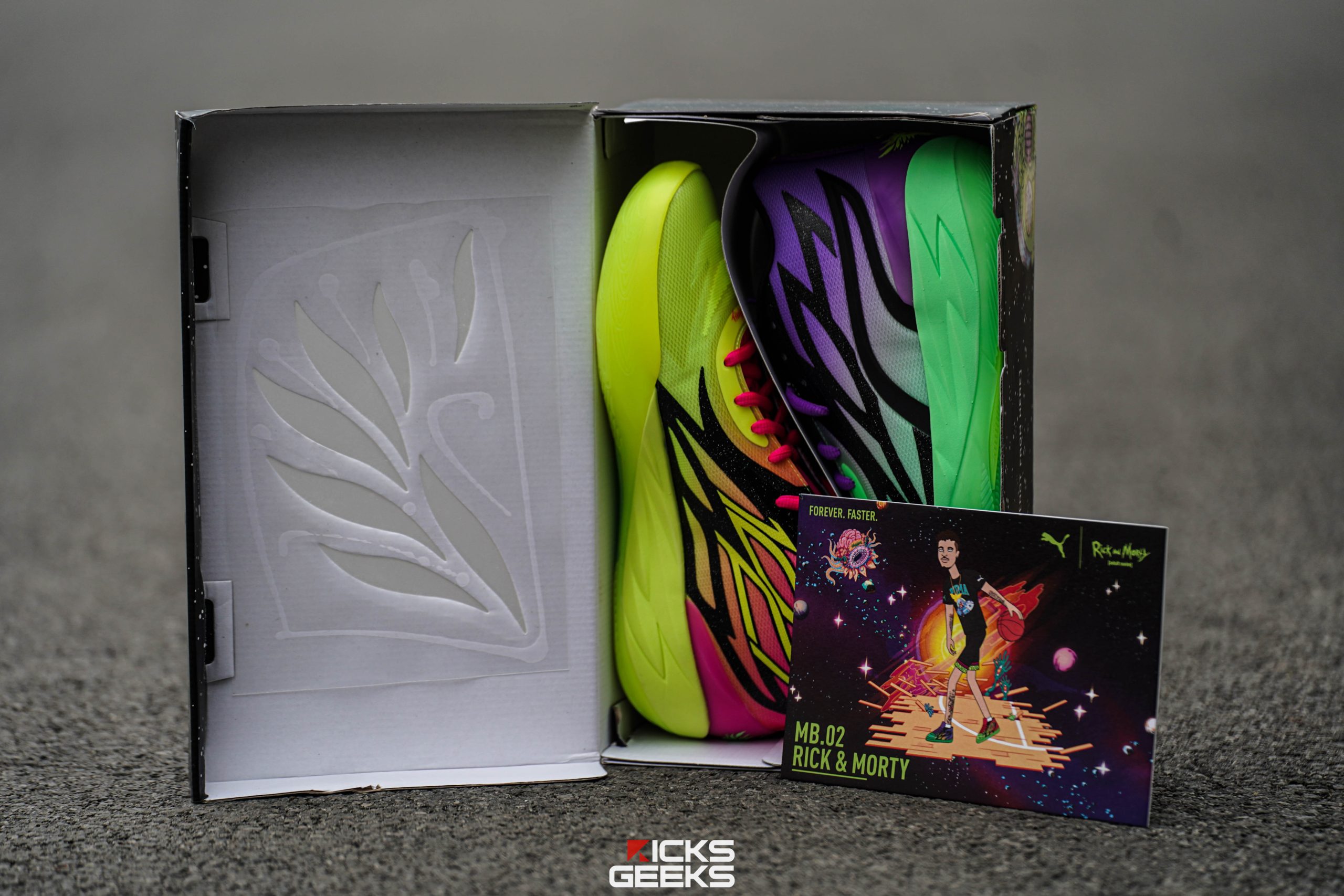What is energy return in advanced foam bases?

If you have read through articles about running shoes in the past 5 years, people must have heard of the term “energy return” (roughly translated: energy recovery or regenerative force). shoe companies used to promote and promote products. Briefly explained, easy to understand, in theory, running shoe soles with high energy return means that the shoes can recover the force of the foot when touching the ground effectively and endlessly, creating a sense of the foot. be supported smoothly and continuously during movement. And so, the big men competed together to research and search for the most advanced materials, manufacturing processes, and chemical techniques to be able to produce the most efficient powered transfer base. So is energy return really as important and necessary as theory?

Although the terminology sounds fancy and emphasized for the promotion and sale of this shoe has only become popular recently, shoe manufacturers have spent a lot of effort and money on research to be able to produce one. Switch base, long smooth. Even the basic knowledge of Physics in school showed that energy cannot be produced on its own – it must be converted from one form to another. But the difficulty for shoe designers for the purpose of power and smooth push forward is that there isn’t a lot of energy. In fact, there is only one source: the runner himself. An enormous amount of energy is lost every time the runner touches their feet to the ground. A shoe with a good, durable, light, smooth sole helps runners feel comfortable, while a pair with a high energy return helps to transfer power well and continuously convert this energy to help the runner move forward. the front side most elegantly thanks to the increased elasticity.



The first inventions aimed at increasing the energy return on shoes are more of a structural design. The Reebok ERS pair uses tube tubes, Karhu’s Fulcrum pairs use pivot points to point the foot forward, while the Nike Shox has a string of columns. EVA (Ethylene-vinyl acetate – a mixture of randomly distributed vinyl acetate links with ethylene links). However, it must be thanks to the development of chemical engineering that the energy return bases have been reached today. Shoe manufacturing companies have come to and cooperate with famous chemical companies to find out the optimal method of manufacturing the optimal foam sole for their shoe products. For example, adidas signed with German chemical company BASF to create super smooth Boost soles, Brooks also partnered with this company to produce AMP DNA soles, and more recently, Under Armor fusion cooperated with Dow Chemical to manufacture HOVR soles.

The first foam material made for the sole was EVA (Ethylene-vinyl acetate – a mixture of randomly distributed vinyl acetate links with ethylene links). This material technology has been widely used on footwear for more than 30 years. However, this material only has an energy return at about 50%, which means that half of the energy when the foot hits the ground is lost in the form of heat and negative. The designer challenge is between two options: one is to increase the amount of energy transferred, and the other is to reduce the amount of lost energy. But that is not the biggest problem. The tricky part is that if the shoe’s energy recovery is incorrect or unstable, it is counterproductive and bad for the foot to run. Another factor that adds to the difficulty is that the designer does not know the specific amount of energy generated by the running of each person. This is because there are different types of running, and each person has a different body weight that affects the running force.

The more advanced foam material today on running shoes is arguably the best on the market with an energy return of around 70%. The chemical composition of each sole is also somewhat different. Adidas Boost is a TPU (thermo-plastic polyurethane) foam, Under Armor uses a special Dow Chemical material that is not EVA, nor TPU, New Balance’s Fresh Foam sole is EVA, and Nike with Nike soles React released this year has absolutely no EVA but is a brand new substance developed by Nike’s scientific team. Even with all the effort and money spent on research, testing and production, it is a fact that no shoes can reach 100% energy return and what is available on the market today. probably for the best.

So the question by many people is that, can energy return foam pads really achieve the optimum efficiency level? The answer is still up to the runner. Sports brands that always promote their soles will change the way you run. But that is not the case. It can support your legs while running, provide smooth foot support, resilience at the right level for your running force, and generally a sense of comfort and pleasure to run. How the joints, ligaments, and calf muscles interact and affect the shoe while running is up to each person. The simplest solution is: just experience, and if you feel comfortable and most suitable when wearing what shoes, use it. Of course, new high-end products will be much smoother than older running shoes. Wearing shoes makes you run faster is not known, but surely a new pair of shoes will make you more excited and more excited when running.

Translate and adapt from: Sneaker Freaker
See more: The battle for technology and materials: Nike React vs. adidas BOOST

Comment
Source: What is energy return in advanced foam bases?
– Eachshoes.com








